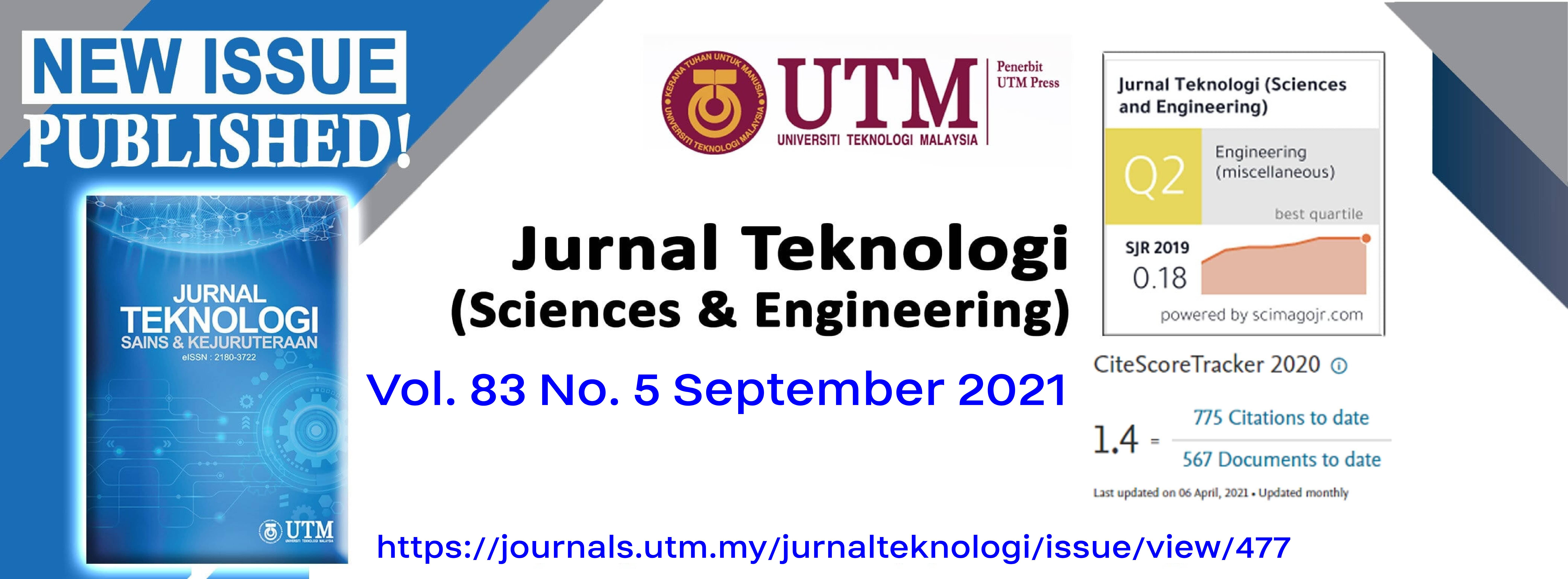IN VITRO CYTOTOXIC EVALUATION AND APOPTOTIC EFFECTS OF DILLAPIOLE ON HUMAN NASAL SQUAMOUS CELL CARCINOMA
DOI:
https://doi.org/10.11113/jurnalteknologi.v83.17077Keywords:
RPMI 2650 cells, dillapiole, cytotoxicity, apoptosis, Caspase 8 and BCL2 proteinsAbstract
Dillapiole is one of the major compounds in Peperomia pellucida. Dillapiole exerts cytotoxicity effect on several cancer cells such as breast and colon with a minimal effect on normal cells. However, its effect on cancers in head and neck region remains ambiguous. Therefore, in the current study, the cytotoxicity effect of dillapiole on human nasal squamous cell carcinoma, RPMI 2650 and the underlying mechanism were investigated. Normal human gingival fibroblast, HGnF cells was used as comparison. Cisplatin and untreated cells were used as positive and negative controls, respectively. Cell cytotoxicity was determined using WST-1 assay; and validated by trypan blue exclusion assays. Cell death mechanism was determined using Annexin V-FITC detection kit and analyzed by flow cytometer. The cytotoxic effect of dillapiole on RPMI 2650 cells was shown significantly increased with the increasing amount of dillapiole from 25.93 ± 6.39 % to 83.87 ± 8.43 % (p<0.05, n=3) with the respective IC50 and IC75 of 46 µM and 125 µM. None of both IC50 and IC75 were obtained for HGnF cells up to 150 µM. Loss of normal shape, cytoplasm shrinkage and reduction in cell volume were detected in RPMI 2650 cells after dillapiole treatment at respective IC50 (46 µM) and IC75 (125 µM), indicating apoptosis. These findings indicate that dillapiole cytotoxicity effect is more selective towards RPMI 2650 compared to HGnF cells and the mechanism of death was through the induction of apoptosis.
Downloads
Published
Issue
Section
License
Copyright of articles that appear in Jurnal Teknologi belongs exclusively to Penerbit Universiti Teknologi Malaysia (Penerbit UTM Press). This copyright covers the rights to reproduce the article, including reprints, electronic reproductions, or any other reproductions of similar nature.
















